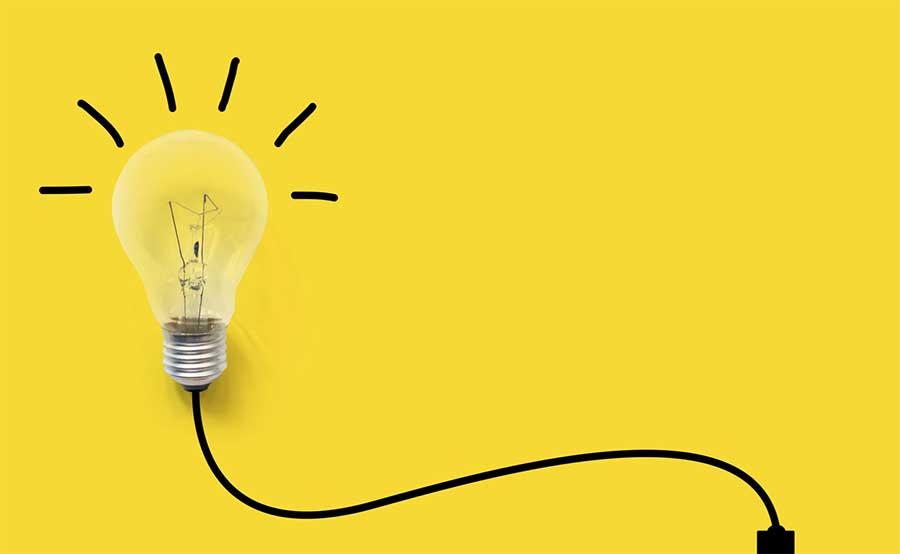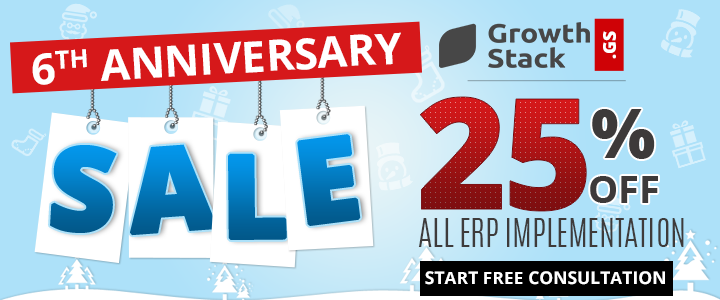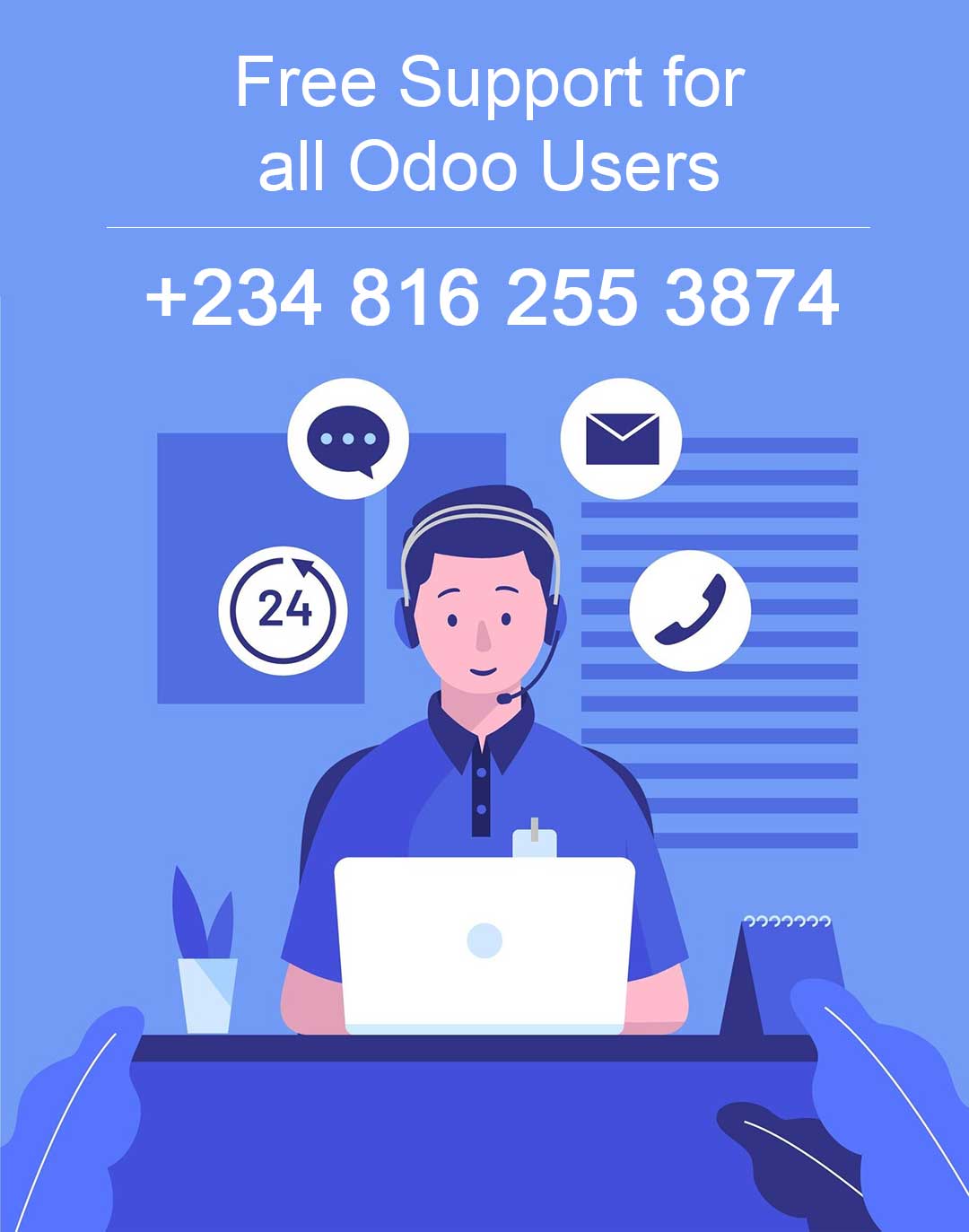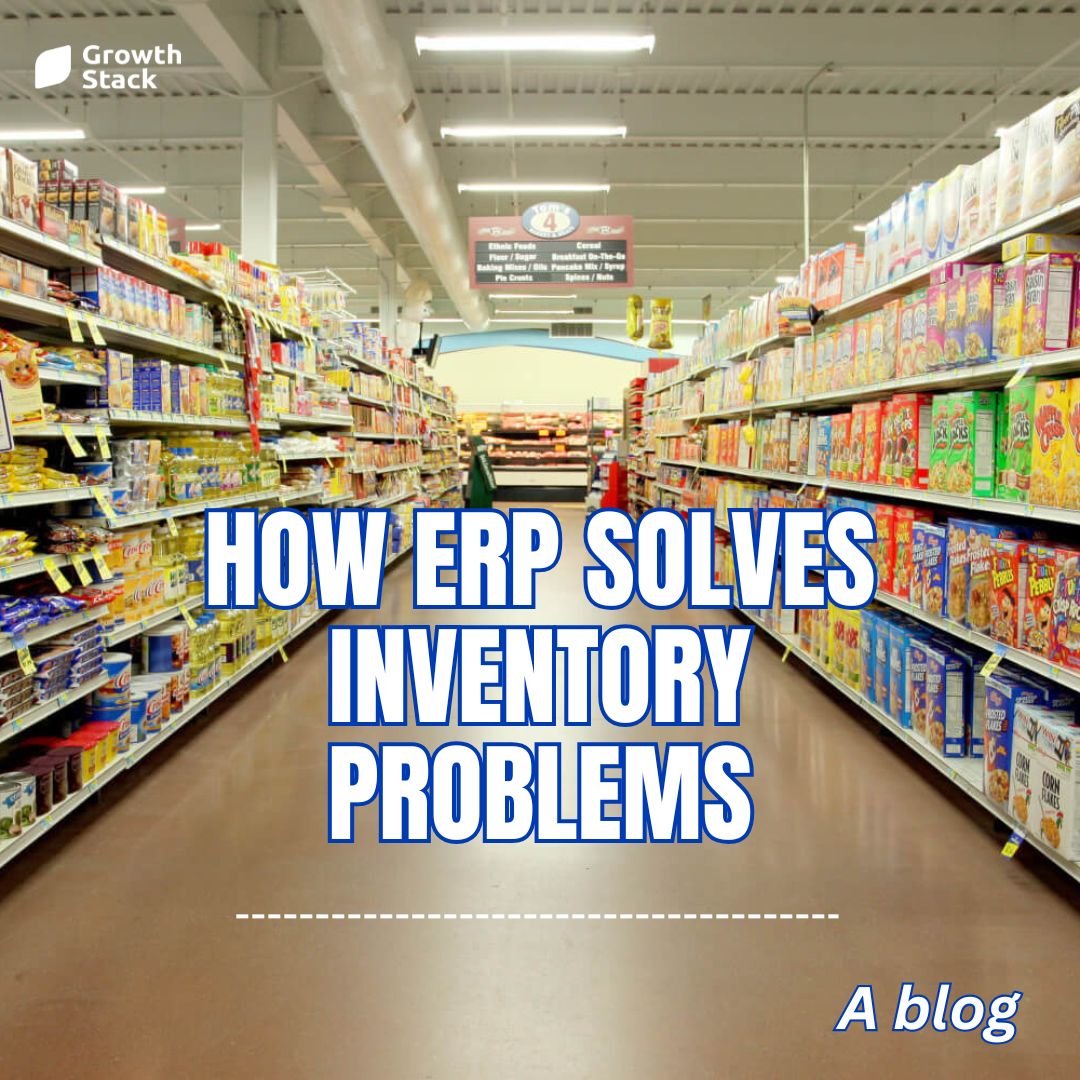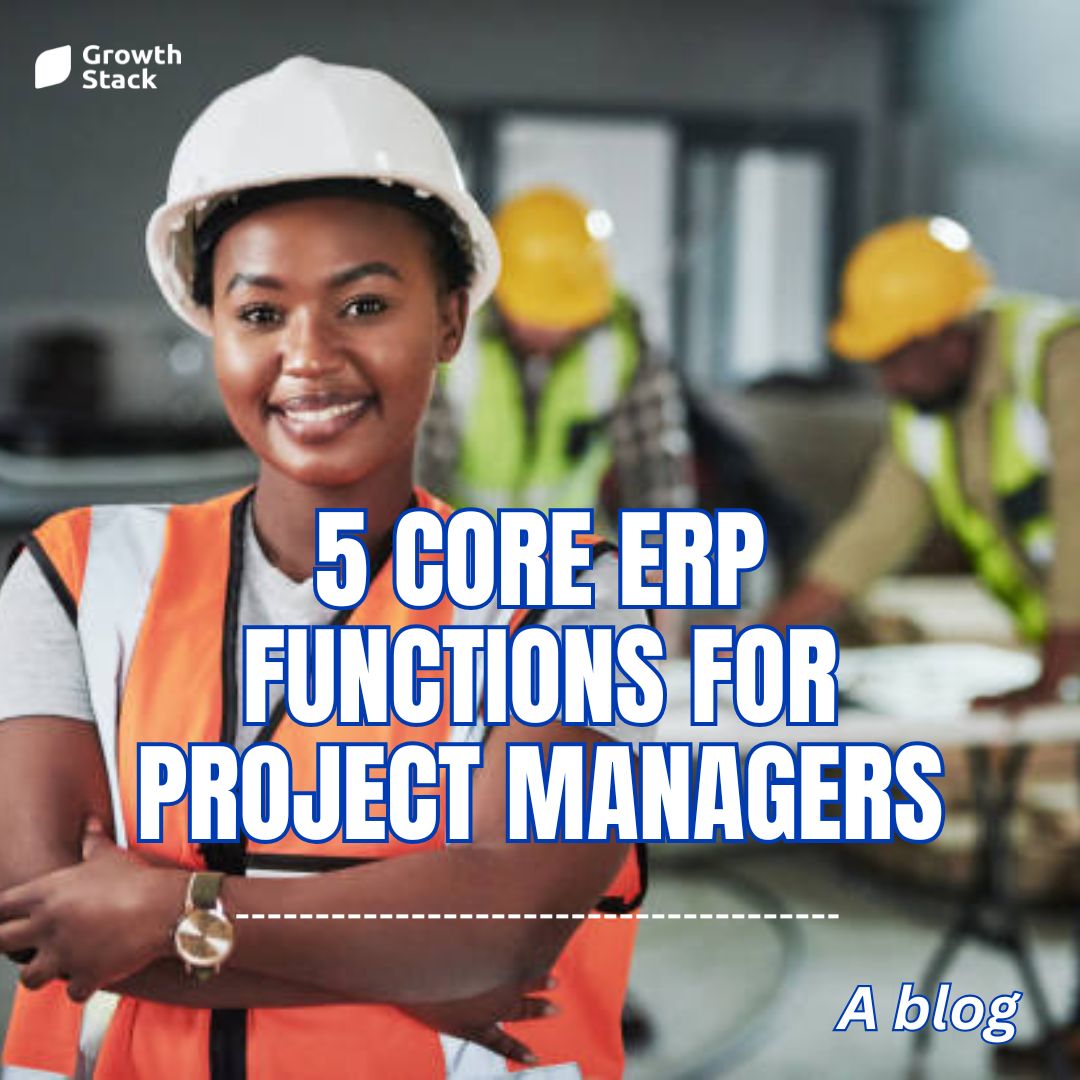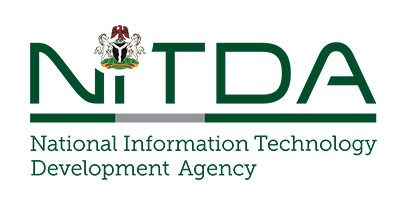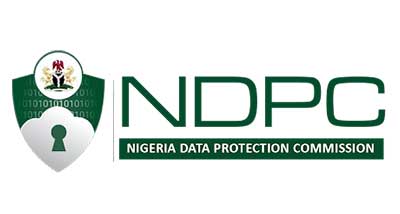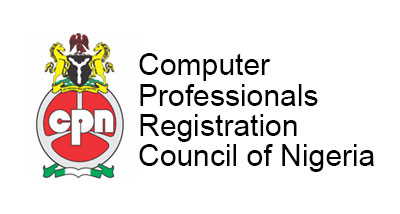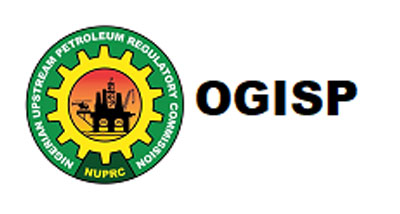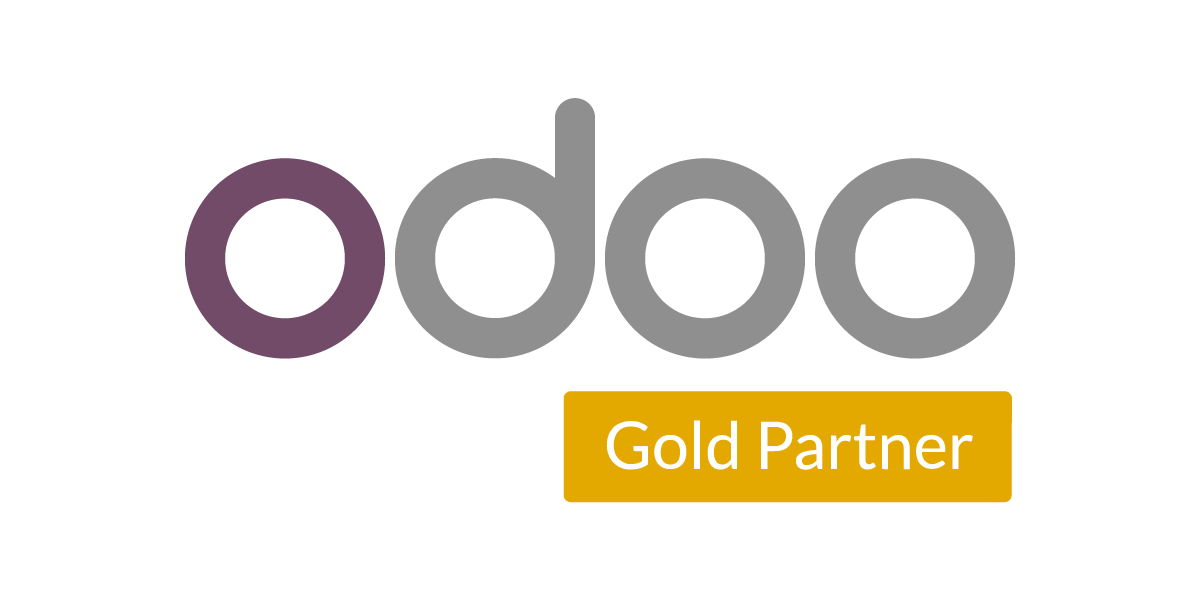When working with ERP software, there are certain terminologies that you need to be familiar with. Listed below are a few of them.
1. What is a Legacy System?
A legacy system is outdated computing software and/or hardware that is still in use. The system still meets the needs it was originally designed for, but doesn’t allow for growth. What a legacy system does now for the company is all it will ever do. A legacy system’s older technology won’t allow it to interact with newer systems. SOURCE
2. What is Change Management?
Change management is a systematic approach to dealing with the transition or transformation of an organization’s goals, processes or technologies. The purpose of change management is to implement strategies for effecting change, controlling change and helping people to adapt to change.
3. What is Gap Analysis
The study of the differences between two different information systems for the purpose of getting from the current state to another state.
4. What is Open Source
A software who’s source code is available for use or change as developers or users deem appropriate.
5. What is Agile Software Development
Focus of software development is to deliver neat ‘parts’ rather than a full application. Smaller, functional bits of code are delivered often and tested often.
6. What is a Single Point of contact (SPOC)
A point of contact or single point of contact is a person or a department serving as the coordinator or focal point of information concerning an activity or program. A POC is used in many cases where information is time-sensitive and accuracy is important. For examples,
7. What is ABC Analysis
Is an inventory categorization technique. Inventory with higher costs and/or that are frequently used are considered ‘A’ items. Likewise, inventory on the other end of the spectrum i.e. lowest costs and/or lowest frequency of usage, are considered ‘C’ items. ‘B’ items refer to inventory between “A” and “C”.
8. What is Accounting Period
A time span that contains all the financial transactions for an entity. Generally, it consists of 12 months.
9. What is Accounting Software
A computer program that is designed and based on standard accounting methodology to help end-users maintain consistency, transparency and efficiency during the accounting process.
10. What is Accounts Payable (AP)
Represents money owed by a company to its vendor.
10. What is Accounts Receivable (AR)
Represents all outstanding and unpaid balances that a company’s customers owe.
11. What is Actual Cost
Is the true expense that you incur to complete a task. Typically includes raw material, cost of labour, or overhead.
12. What is Ad Hoc Query
Is a query posed to an information system. In ERP, it refers to the ERP system’s ability to allow end-users to ask questions and efficiently receive accurate answers.
13. What is Advanced Planning and Scheduling (APS)
Is an approach that aims to optimize a company’s capacity and material to have an effective manufacturing schedule.
14. What is Advanced Product Quality Planning (APQP)
Developed originally for the automotive industry, the APQP framework serves as a guide to the product development process. Typically included in an ERP quality management suite.
15. What is Aged Receivables
Refers to current assets that are at risk. An example is if a customer owes money and it is long overdue in payments, implying a risk that the customer account may default.
16. What is Aging
Is when a group of assets are organized according to the length of their existence.
17. What is Allocation
Refers to reserving materials for specific job orders or customers.
18. What is Application Programming Interface (API)
An API is an intermediary between software that a developer can use to create custom integrations between platforms. Most modern software has some API access, with most web-based platforms offering an open API (available to all). There are several protocols for API, the most popular of which is the REST API.
19. What is Assemble to Order (ATO)
Is a business strategy that allows rapid, customized production by combining a limited number of subassemblies into a large number of possible finished items.
20. What is Available-to-Promise (ATP)
Is the date a product will be available to be shipped based on material and the capacity availability.
21. What is Backflush
Is the automatic issuing of raw material from inventory to a work order.
22. What is Backorder
Is when there is insufficient stock in inventory to fulfil a customer order, but will be filled once there is sufficient stock.
23. What is Balance Sheet
A company’s assets net value.
24. What is Balance-on-Hand (BOH)
The available stock in inventory.
25. What is Best Practices
The most common business processes and ERP system configuration within the industry.
27. What is Best–of–Breed
Refers to the best performing solution within a functional area.
28. What is Bill of Lading (BOL)
Is provided to the carrier and is a detailed listing of what is being shipped. The BOL must be signed by the shipper, transporter and receiver.
29. What is Bill of Material (BOM)
The raw material needed to build a sub-assembly or finished good. It can be one level or multi-level.
30. What is Blanket Order
Is an order used to minimize risk for manufacturers in situations where demand is unpredictable. It is a legally binding order in which the specifics such as quantities and delivery dates are confirmed in the future.
31. What is Bottleneck
Usually a production resource that many items flow through, but due to limited capacity it leads to production process delays, impacting the entire process.
32. What is Breakeven Point
Where revenue equals cost.
33. What is Build–to–Stock (BTS)
A strategic production approach in which you build items ahead of time, based on assumptions derived from historical demand or sales forecast. Typically put in place when lead time to the customer is shorter than the lead time to build the product.
34. What is Business Intelligence (BI)
BI constitutes a set of tools or software that transforms data from applications (like ERP software) into actionable, easy-to-understand business information. The information can be presented in a graphical or tabular format to help improve business decision-making.
35. What is Business Processes
All activities or tasks in a business that helps them produce a service or product for a customer. A proper ERP system setup should be able to facilitate all business processes smoothly.
36. What is Business-to-Business (B2B)
A business model where the goods or services are sold to another business, not a consumer.
37. What is Business-to-Consumer (B2C)
A business model where the final end-users of the goods and services are consumers.
38. What is Capacity Requirement Planning (CRP)
Is the calculation process of determining the production capacity that a business will need to satisfy the forecasted and actual demand.
39. What is Cash Flow
Is the net effect of incoming cash (revenue, sales of assets etc.,) and outgoing cash (raw material purchases, debt reduction etc.). Click here to learn more about increasing cash flow.
40. What is Change Management
Is the oft-challenging process of communicating the impact of an upcoming organizational change to employees in hopes to achieve a seamless transition. Hopefully, once this is done, your employees will see the value to the whole organization and be open to change. It is essential for successful ERP implementations as new ERP systems impact people and processes.
41. What is Cloud Computing
Is an approach of using a network of remote servers to host a system like an ERP software. How to decide between Cloud vs On-Premise?
42. What is Compliance
The ability to conform to legal requirements or standard industry practices.
43. What is Configuration
Refers to the identifications of options to be activated and will be followed in the day-to-day business.
44. What is Configure-to-Order (CTO)
Is an Assemble-to-Order variation, but includes some additional attributes (colour or size).
45. What is Consumables
Are items never in inventory. Once they are received, they are expensed.
46. What is Contribution
The difference between variable costs and revenue, sometimes known as variable margin.
47. What is Customer Relationship Management (CRM)
Is software that helps an organization improve customer-facing processes. It allows a company to capture, track and analyze customer interactions across the customer lifecycle.
48. What is Customization
In ERP, this refers to additional or rewritten code to accomplish a task that isn’t available in the standard ERP software.
49. What is Cycle Counting
Is scheduled counting of small subset inventory.
50. What is Dashboard
Are user-interfaces that integrate and display business information in visually pleasing formats for faster decision-making. They can often be customized and readily available in modern ERP systems.
51. What is Data Cleansing
The process of ensuring all data is accurate and consistent. Clean data means more precise reports, easier management and helps you avoid any snafus with customers.
52. What is Demand Planning
Allows organizations to be in a more informed position to plan production and inventory levels by examining external sales trends over a period of time and utilizing these trends to predict future demand.
53. What is Demo
A live presentation of a software, can be the features, implementation, tips and tricks etc. in order to see what it can do. Good demos will come after a discovery and will speak directly to the stated needs of your company.
54. What is Discovery
The first step in an ERP implementation, the discovery lets your consultant get to know your organization, your business drivers, and the processes used through the company. They will use this information to figure out the best platform for you and can even come into play at the configuration stage. Learn more about why a discovery is important.
55. What is Discrete Manufacturing
Is manufacturing where finished products can be disassembled back into their separate components (e.g. bicycle or car).
56. What is Distribution Center
A warehouse that caters to a specific region.
57. What is Drill Down
Access the details behind the data you are viewing.
58. What is Drop Ship (Purchased Items)
Is when items are purchased by a company and then directly shipped to another customer or supplier.
59. What is Drop Ship (Sold Items)
Is when items are bought by a customer, but shipped directly to another party.
60. What is E-Commerce
Is the process in which a transaction is done on the internet through a virtual/online store. Platforms like Shopify facilitate e-commerce for many small- to medium-sized businesses.
61. What is Electronic Data Interchange (EDI)
Electronic exchange/transfer of data from one computer to another, in a standardized format, without human interference.
62. What is Electronic Fund Transfer (EFT)
Electronic transfer of money from one bank system to another without human intervention.
63. What is Engineer to Order (ETO)
Is a production method where components are only designed, engineered and built after an order is received.
64. What is Enterprise Resource Planning (ERP)
Is a software/system that helps an organization manage information and integrate processes more efficiently and effectively.
65. What is Financial Statements
A record of a companies financial activities and position.
66. What is Finished Goods
Fully produced goods that are ready to be shipped.
67. What is First-In First-Out (FIFO)
Is an inventory approach where older inventory should be consumed first, this reduces shelf life risk (expirations),
68. What is Fiscal Year
A period of time that is defined by an organization as their accounting year. (It does not have to align with the calendar).
69. What is Forecast
Predicting what the future demand may be.
70. What is Forecast Error
The difference between the forecasted value and the actual value.
71. What is Free on Board (FOB)
Defines when the ownership or a product transfers from the seller to the owner.
72. What is Functionality
The range of tasks that an ERP system can perform.
73. What is General Ledger (GL)
Continuous record that contains all the financial transactions within an organization.
74. What is Generally Accepted Accounting Practices (GAAP)
The most popular accepted accounting standards that companies need to comply with if they hope to be perceived as reliable and credible.
75. What is Gross Profit
The difference between a company’s cost of goods sold and revenue.
76. What is Hardware
A term to describe the physical components that make up a computer network (e.g. computers, servers, routers etc.).
77. What is Human Capital Management (HCM)
Is, strictly, the process of managing employees as assets. However, in recent years it has become interchangeable with HRM and HCM platforms like Criterion manage everything from recruitment to exit interviews.
78. What is Human Resource Management (HRM)
Is typically an ERP software module that manages payroll, benefits, scheduling, etc. As a standalone software, it can cover larger areas like training and retention.
79. What is Implementation
Is the process of configuring an ERP software, developing new processes to utilize the ERP and training employees.
80. What is Income Statement
Summarizes revenue and expenses, indicating the company’s profit or loss over a given period of time.
81. What is Installation
Typically the first step in an ERP implementation process.
82. What is Integrated Software
A software that combines multiple functionalities into one application.
83. What is Interfaced Software
Multiple applications that pass data in one or two directions.
84. What is Inventory Control
Is a method of determining an organization’s inventory limits and taking the steps to adjust inflow and outflow.
85. What is Invoice
A list of goods and services, and the expected money owed by the customer in exchange.
86. What is Job Costing
An approach where a project’s costs are recorded over time and totalled in the end.
87. What is Just-in-Time (JIT)
Is a strategy aimed at providing component inventory exactly at the time when it is needed for consumption.
88. What is Key Performance Indicator (KPI)
Any measurable value that reflects how well a business is progressing towards its key business goals.
89. What is Kitting
Is an assembly process where various products are merged and packaged.
90. What is Knowledge Management
The approach of retaining and organizing company knowledge, and making it accessible to anyone within the company.
91. What is Last-In First-Out (LIFO)
Is an inventory approach where the newest inventory should be consumed first.
92. What is Lead Time
The total time between an order being made and the materials being delivered and ready for use.
93. What is Lean Manufacturing
A common manufacturing method focused on reducing waste in a manufacturing system.
94. What is Line of Business (LOB)
Functionalities within an ERP software that are created for a specific business need.
95. What is Lot Number
Is a number or alphanumeric name used to identify a given quantity or lot of material.
96. What is Machine Hour Rate
Is the cost of running a machine for one hour under normal circumstances.
97. What is Machine Learning
Is a type of artificial intelligence (AI) that relies on pattern recognition to improve over time without being programmed.
98. What is Maintenance Repair and Overhaul (MRO)
Can be an ERP software module or third-party software used to help companies with preventive maintenance and equipment failure.
99. What is Make-To-Order (MTO)
A manufacturing strategy where the production of an item only begins after a customer’s order is received.
100. What is Make-To-Stock (MTS)
A manufacturing strategy that matches inventory levels with the forecasted customer demand.
101. What is Master Production Schedule (MPS)
A schedule that a company uses to organize and plan how many items are needed to be produced in a given timeframe.
102. What is Material Control
Is a process in place to ensure there is sufficient material available for production and sale.
103. What is Material Requirements Planning (MRP)
Is a system designed for production planning, scheduling and inventory planning. Ensures that there is enough material available and the minimum amount of material and product are available on hand.
104. What is Module
Is a subset of an ERP system that is usually designed for a specific function.
105. What is Network Administrator
Is the individual(s) responsible for the overall performance of the computer network such as data integrity, security, accessibility etc.
106. What is Non-Disclosure Agreement (NDA)
In ERP an NDA is a binding legal document specifically for ERP consultants and salespeople.
107. What is Off-the-Shelf (Out-of-the-box)
Refers to a software system’s functionalities as expected without any customization.
108. What is Order Management
Is the process of efficiently creating, tracking and fulfilling customer orders.
109. What is Outsourcing
Purchasing a semi-finished item or service from a third party instead of using internal company resources.
110. What is Packing Slip
Is provided to the recipient of the goods and is a list of what is included in the shipment.
111. What is Parallel
Refers to running two systems simultaneously to test results and new ERP systems.
112. What is Physical Count
The process of counting all items in inventory and then comparing against the count in the ERP system.
113. What is Point of Sale (POS) Software
The Point of Sale is the time and location of where a sales transaction occurs. POS software is what is used in the store to run the checkouts or order ticketing. Many modern POS systems will sync with live inventory and can report all transactions back to the back office.
114. What is Process Manufacturing
Is manufacturing where the finished product cannot be disassembled into its component parts (e.g. paint or bread).
115. What is Production Control
All the activities that are involved in controlling the production process.
115. What is Progress Payment
Is an approach to reduce risk before production is final.
116. What is Purchase Order
Is a document that authorizes a vendor to deliver goods or provide a service at a specific price and date.
117. What is Purchase Requisition
is a document that requests for approval to purchase a good or service.
118. What is Quality Control
The process of ensuring a product or service meets the established standards or performance.
119. What is Quotation
List of goods or service and their prices.
120. What is Quote-to-Cash
Is the entire process timeline from when you deliver the quote all the way through to when you receive cash for the invoiced material, product or service. This is essential for financial forecasting.
121. What is Radio Frequency Automatic Identification (RFID)
A small electronic chip that stores information with radio waves. Similar to barcodes but more expensive and far superior. A great example of this is the card you use for public transport (the Compass Card here in BC, PRESTO in Toronto, or the Oyster Card in London, UK).
122. What is Raw Materials
The items used in the creation of a finished good.
123. What is Reorder Level
A predetermined inventory limit that triggers a purchase order.
124. What is Replenishment
Replacing materials that have been used to make a product in your inventory, to avoid shortages.
125. What is Request for Proposal (RFP)
A request used to gain bids and proposals from vendors when an organization looks to buy a new ERP platform.
126. What is Requirements
A list detailing the business functions and processes for a project.
127. What is Return Merchandise Authorization (RMA)
A document of a company’s authorization of the return of goods that were previously shipped.
128. What is Return on Investment (ROI)
A measurement that calculates how profitable an investment is.
129. What is Safety Stock
Is a reserve of material that can help to cover unexpected circumstances.
130. What is Sales Forecasting
Is the process of predicting future sales.
131. What is Sales History
A data set of all sales records.
132. What is Sales Order
A list of goods or services that have been purchased by a customer and provided at a defined date and price.
133. What is Scalability
Is the ability for a software to accommodate growth within a business process.
134. What is Scheduling
Is the process of planning and arranging activities to optimize productivity and resources.
135. What is Self-Service Portal
Is a portal that gives an organization’s customers or employees access to delegated modules of your ERP system.
136. What is Setup
In the ERP world, this describes the process of integrating data and grouping this data to meet customer needs.
137. What is Shipping
Involves the creation of necessary documents in the ERP system so that goods can be efficiently delivered to customers.
138. What is Software as a Service (SAAS)
Is a business model that refers to a subscription-based licensing and distribution model. Providers host software applications over the internet and customers can access them without needing to have a costly infrastructure in place.
139. What is Software License
Is authorization from the software provider for the use of their property, product, or service.
140. What is Source Code
The actual Intellectual Property that is delivered by the software provider. This is every line of code that makes up the platform, before any integration or customization has been done.
141. What is Stock Keeping Unit (SKU)
Is a unique identifier for a manufactured or purchased good. (e.g. Barcode)
142. What is Supply Chain Management (SCM)
Is the management and control of the supply chain. This covers everything from import/export logistics, inventory storage and transport, first- (and subsequent) tier suppliers.
143. What is Synchronize
This is the process that takes place when an ERP system goes live.
144. What is Systems Administrator
The individual(s) responsible for the configuration, deployment and upkeep of the ERP system.
145. What is Technical Support
Is what a technology vendor provides to their customers when an application or program is not performing to expectation.
146. What is Third-Party Application
Software or applications that aren’t developed by the original manufacturer but are sold through a vendor. For example, many apps on the Intacct Marketplace are third-party solutions because they were not built and designed by Sage Intacct.
147. What is Total Cost of Ownership (TCO)
All the additional costs in a software purchase that are added on top of the initial purchase price. Often, this means things like maintenance, licensing fees, add-on purchases, consultation, etc.
148. What is Total Quality Management (TQM)
Management that aims to enhance product and service quality across the entire operation span.
149. What is User
Any individual that has access to log into the ERP system. For some ERP platforms, individual licenses are used for every employee; this helps ensure role-based accountability when it comes to audits.
150. What is User Defined Field (UDF)
is a field in an ERP that can be defined by an end-user.
151. What is User Experience (UX)
Is the way that an ERP user experiences a computer system. The ability for users to go from one functionality of the software to another is a key part of UX.
152. What is User Interface (UI)
Is the way that an ERP user is able interact with a computer system. Without a UI, functionality would be restricted to reading lines upon lines of code and answering back in code. UI’s put an aesthetic format on top of this, allowing us to interact with the elements using visual navigations. Simple “UI” often leads to easy-to-use software.
153. What is Value-Added Reseller (VAR)
Provide customers with fully customized software services. It refers to a “middleman” organization that adds value through additional features or services. Usually, large software organizations work through VARs to reach small to midsize customers. The Answer Company is a VAR for Sage and Acumatica.
154. What is Vendor Managed Inventory (VMI)
Is an approach where a vendor controls their customers’ raw material supply and ensures that the inventory is neither excessively high or low.
155. What is Vendors
Individuals or organizations that supply material or services at a certain quality for a specified amount of cash.
156. What is Version
The generation of an application or program.
157. What is Warehouse Management System (WMS)
Usually refers to a module or system that is specifically designed to help manage warehousing and distribution centre processes, transactions, and activities.
158. What is Work Order Costs
Represents the value of materials, labour, outsourcing, and resources that went into the work order.
159. What is Work Orders
Also known as job orders, it is a document that specifies the material and labour operations needed in order for the product to be manufactured by a specified date.
160. What is Workflow Management
Aims to make the workflow more efficient in organizations by controlling and following up on a human approval chain. Good workflow management should be part and parcel of an automated ERP.
Extra. What is Year-to-date
Refers to the period of time beginning the first day of the current calendar year, up to the current date.
